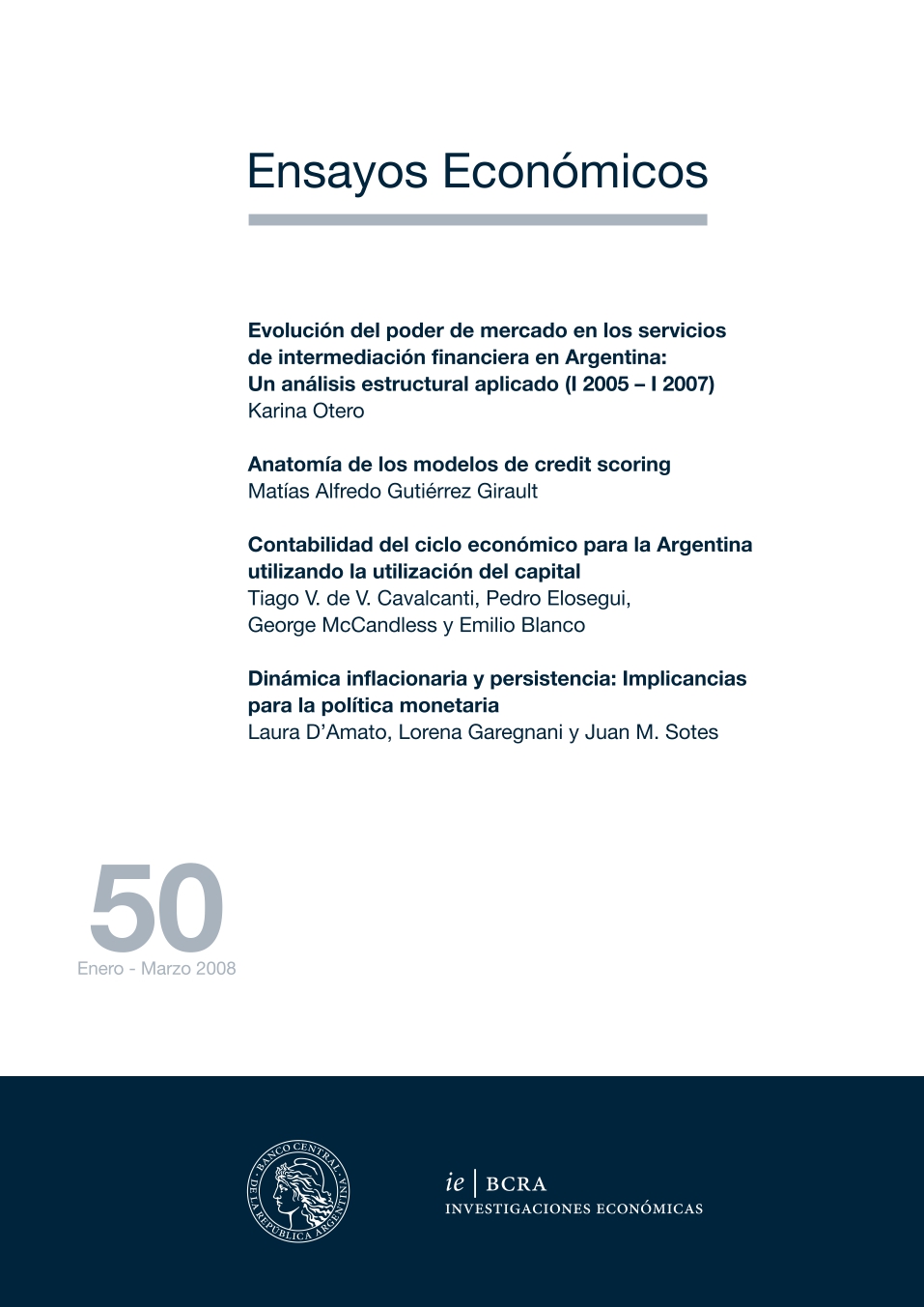Inflation persistence and changes in the monetary regime: The Argentine case
Keywords:
Frequency Domain Analysis, Inflation Persistence, Mean Inflation, Time SeriesAbstract
We study the persistence of inflation in Argentina between 1980 and 2007 using two approaches: time series and frequency domain analysis. Using recursive methods and the structural change tests developed by Bai and Perron, we identify breaks in the average inflation rate that coincide with changes in the monetary regime: the adoption of Convertibility in 1991 and the abandonment of that regime in January 2002. We find that inflation was a highly persistent process during the high inflation period. With the decrease in inflation following the adoption of the Convertibility regime, its persistence was markedly reduced. After the introduction of the managed floating regime and controlling by the inflationary episode unleashed by the devaluation of the peso in 2002, inflation once again shows a more persistent behavior. The analysis in the frequency domain reveals that the total variability of the inflation rate increased after the 2002 devaluation and that the contribution of the high frequency component, associated with trend movements in prices, gained importance after that regime change, possibly due to a slow adjustment of relative prices after the devaluation. These results confirm that in the Argentine case persistence is not an intrinsic characteristic of inflation, but rather one dependent on the monetary regime.
JEL classification: C22 ; E31 ; E52




